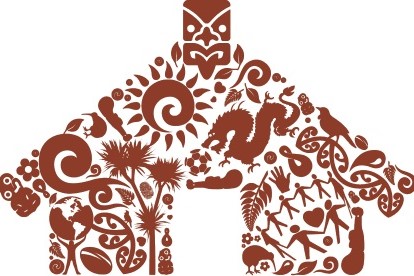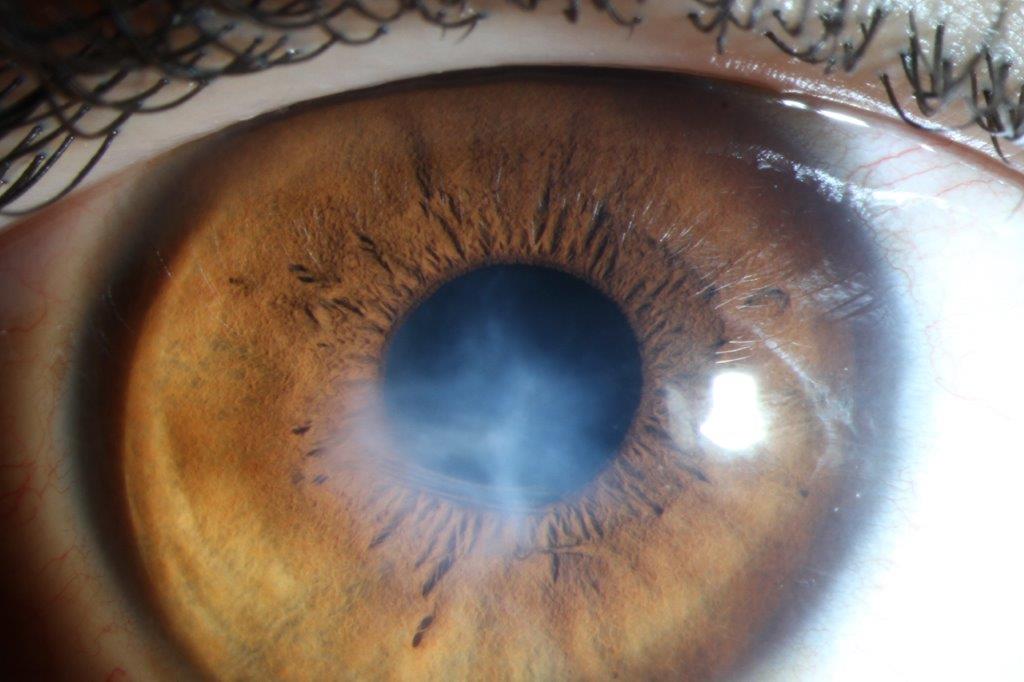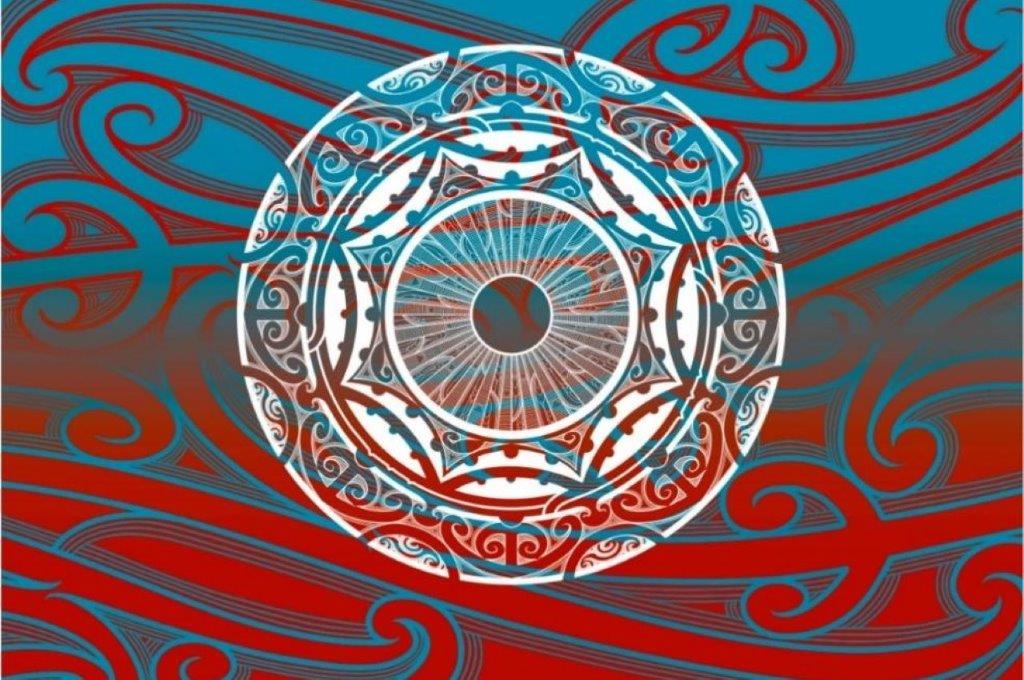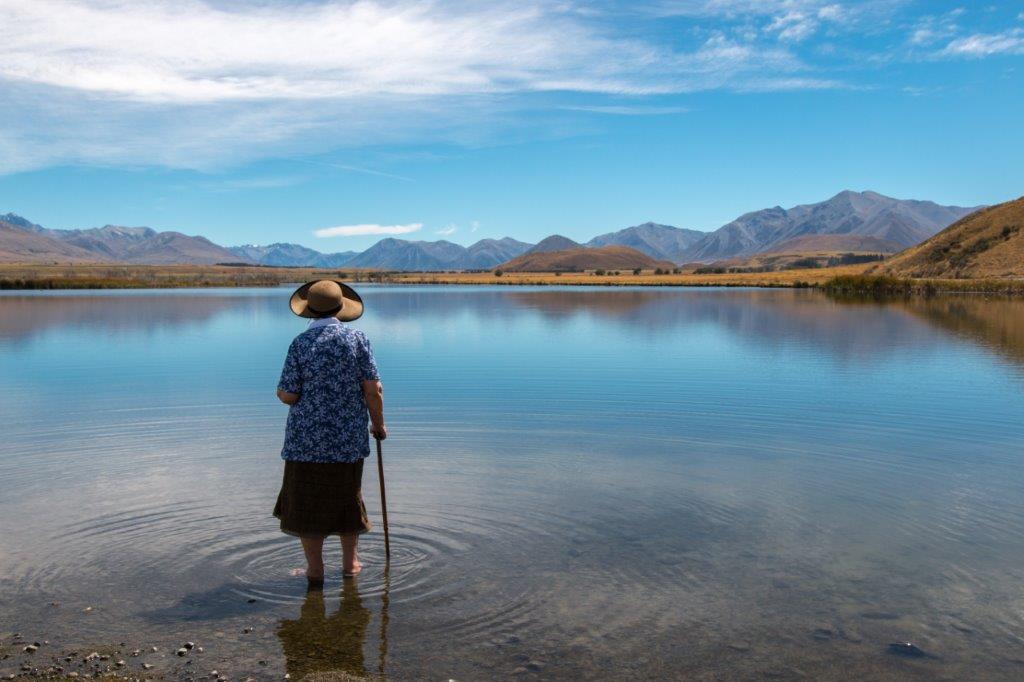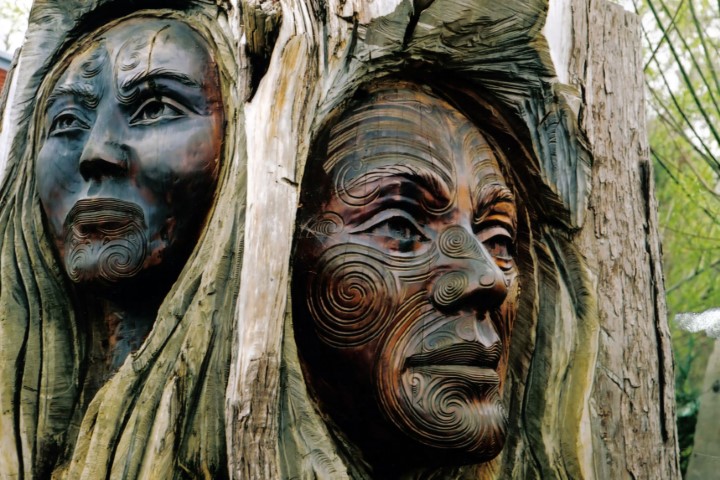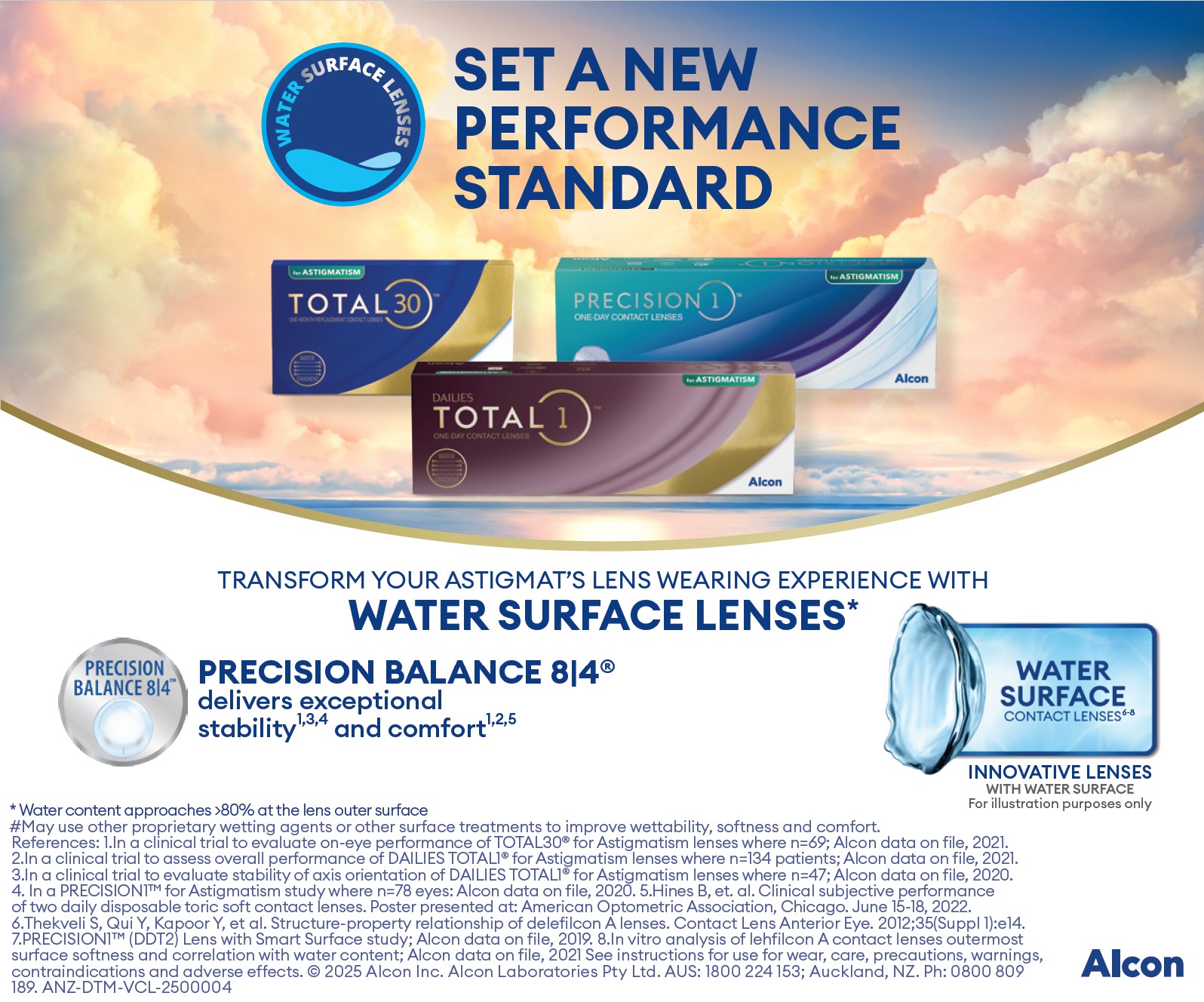Kāpō Māori access and service explained
Kāpō Māori Aotearoa (KMA) has released a Māori referral pathway to improve access to its Specialist Kāpō Māori Service (SKMS).
SKMS is a customised service focusing on the indigenous needs of tāngata kāpō (blind, deafblind or low vision) Māori and their whānau, delivered through a kaupapa Māori (research and evaluation by Māori, for Māori) approach and underpinned by tikanga Māori (customary practices). Support is available to patients of all ages who are blind, deafblind or have significant vision loss, to help engage, access and navigate Blind Low Vision NZ (BLVNZ) assessment and rehabilitation services. KMA and BLVNZ services are provided simultaneously, with staff working collaboratively to meet the health and wellbeing needs of the person and their whānau.
KMA president Nigel Ngahiwi (Ngāti Maniapoto) said receiving support underpinned by tikanga Māori can make a real difference to kāpō Māori and their whānau. Ngahiwi, who became blind after a 1989 car accident, aged 19, said his whānau felt at a loss in the years that followed. “Better and more accessible information for my family would have made a significant impact at the time. It really affected us, not knowing what kind of support I could access or how to go about it. I’m still on the KMA board because this is a priority to me, to help ensure my fellow kāpō Māori and whānau are informed and can access the services they require.”
Benefits
Seeking to improve Māori eye health, plus health and wellbeing outcomes in general, KMA operates with a holistic view, focusing on the individual and the family. “This is part of who we are as Māori and as service providers. It is also how we are different to mainstream services, which tend to be very patient focused,” Ngahiwi said.
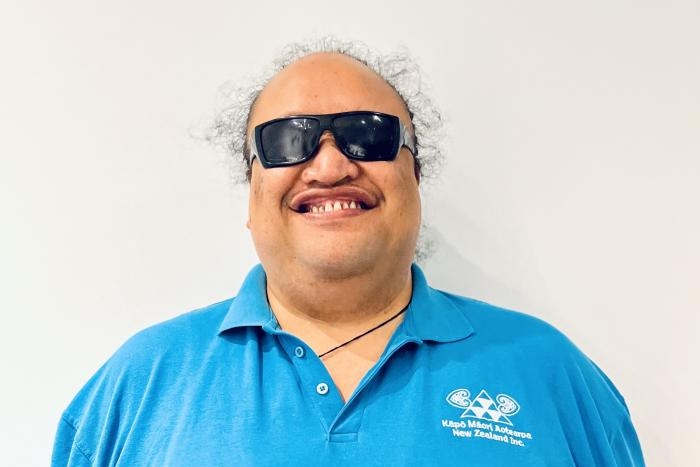
KMA president Nigel Ngahiwi
SKMS commences within 24 hours of receiving referrals and includes access to kaupapa Māori-focused support that ensures Te Tiriti o Waitangi rights are upheld; tailored services (individual and whānau needs); information about and help to access and engage with BLVNZ services; and access to KMA’s peer-support network.
Upon completion of BLVNZ vision services, kāpō can opt to receive extended services from KMA or exit the programme.
Referral process
KMA accepts referrals directly from BLVNZ, Blind and Low Vision Education Network NZ (BLENNZ), blind sector community groups, tāngata kāpō, tāngata whaikaha (the Māori term for disabled people, meaning people who are determined to do well), whānau, GPs, optometrists, ophthalmologists, health and disability service providers and other non-government organisations.
The referral process is initiated through self-identification by the person and whānau as Māori – being of Māori descent or upon request, such as non-Māori who prefer a kaupapa Māori approach. This normally occurs when completing health registration details. To access SKMS, a person must be eligible for any publicly funded health and disability service, have a sensory disability (vision and/or deafblind), identify as Māori and/or be a KMA-registered kāpō member.
Referrals and relevant documentation, including an eye health report, should be sent to referrals@kapomaori.com







